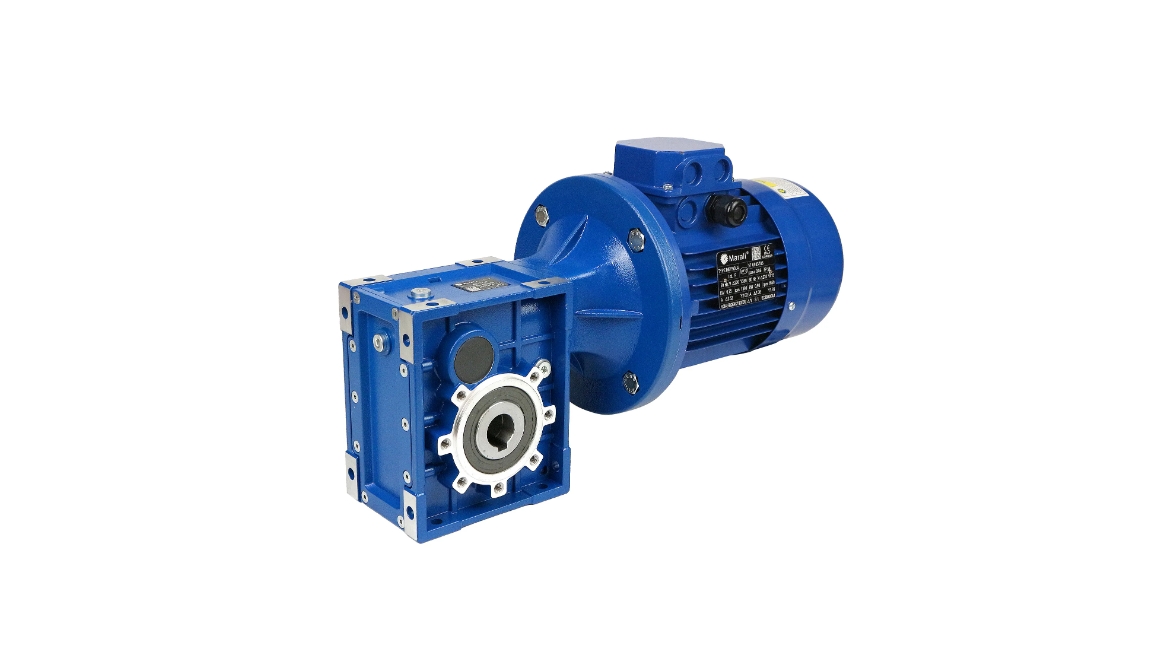The location selection and fixation of the reducer is very important

The components of the reducer, especially the transmission components on the output shaft, must be installed with care and caution. It is prohibited to use tools such as hammers for explosive force installation. Protective devices should be installed on the transmission connection components when necessary to ensure their transmission effect and service life. Although there are many types of couplings for reducers, it is not recommended to use rigid fixed couplings because improper installation of such couplings can cause unnecessary external loads, which not only wastes energy but also easily leads to bearing fracture and damage.
The position selection and fixation of the reducer are very important, and it should be installed on a horizontally stable foundation or base to ensure that the oil in the oil drainage groove is easily discharged and the cooling air circulation is smooth. If the reducer is not firmly fixed or the foundation is unreliable, vibration and noise will occur, leading to damage to the bearings and gears. During installation, attention should be paid to the alignment of the transmission center axis, and the alignment error should not exceed the compensation amount for the use of the reducer coupling to ensure its longer service life. Component installation, in our daily mechanical use, most of us cannot do without the reducer. As a connecting machine, it reduces the speed of the motor, increases torque, and provides greater torque, playing a crucial role in the entire set of mechanical equipment. For example, the solid-liquid separators and automatic manure scrapers commonly used in our aquaculture industry require the support of reducers. Of course, such a crucial machine is also very delicate. During installation, pay more attention to the following points: position selection, and the stator automatically increases the current to maintain the original magnetic flux that is suitable for the power supply voltage at that time. Because the current of the rotor is high at this time, the stator current also increases significantly, even up to 4-7 times the rated current, which is the reason for the high starting current. Why is the current small after starting: As the motor speed increases, the speed of the stator magnetic field cutting through the rotor conductor decreases, the induced electromotive force in the rotor conductor decreases, and the current in the rotor conductor also decreases. Therefore, the part of the stator current used to offset the influence of the magnetic flux generated by the rotor current also decreases. Therefore, the stator current decreases from high to low until normal.




